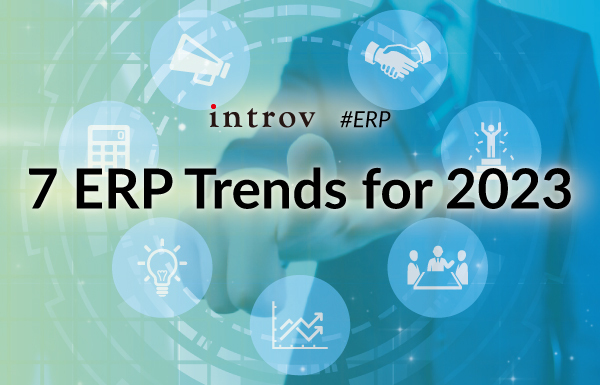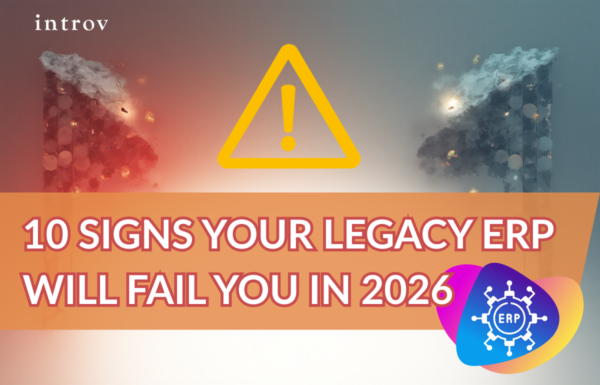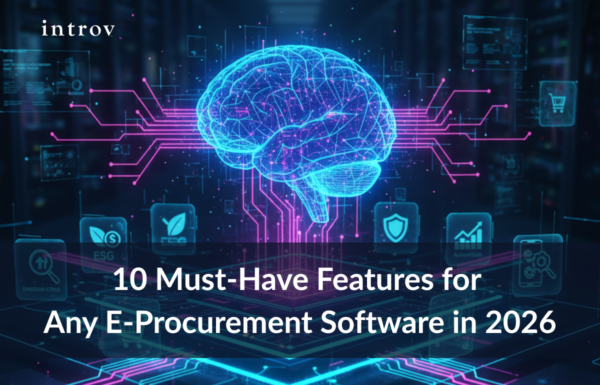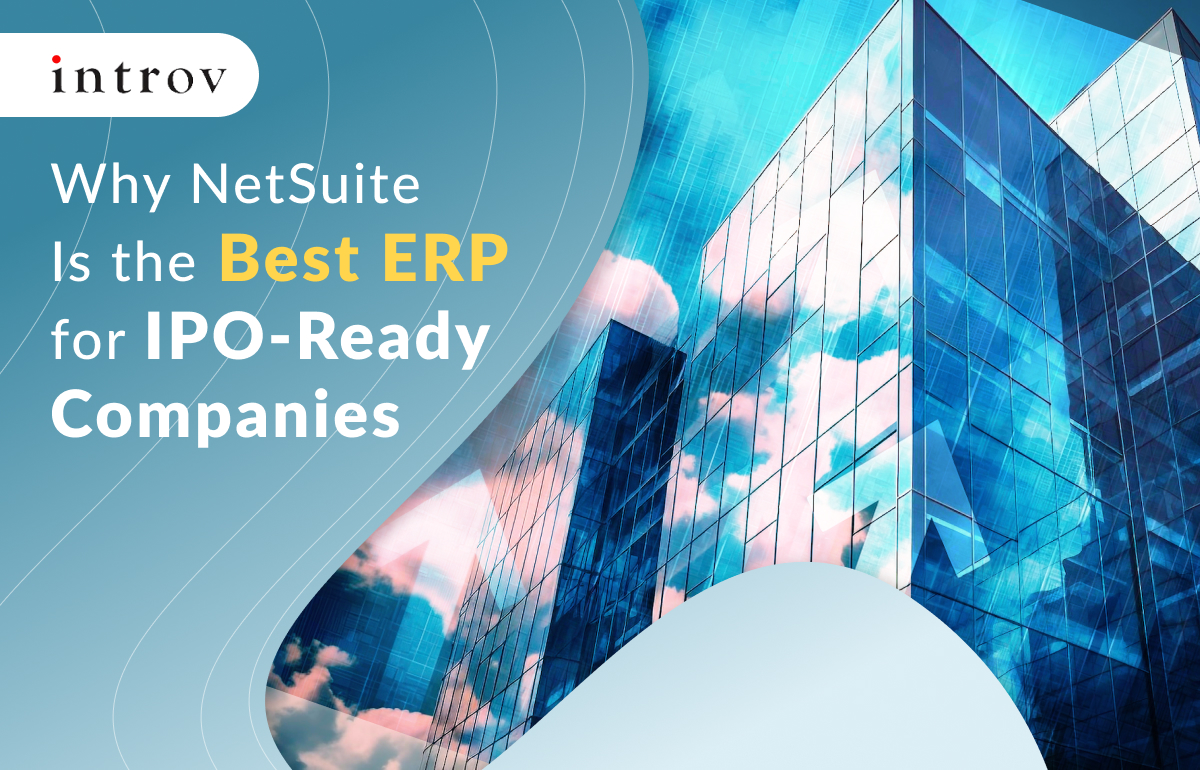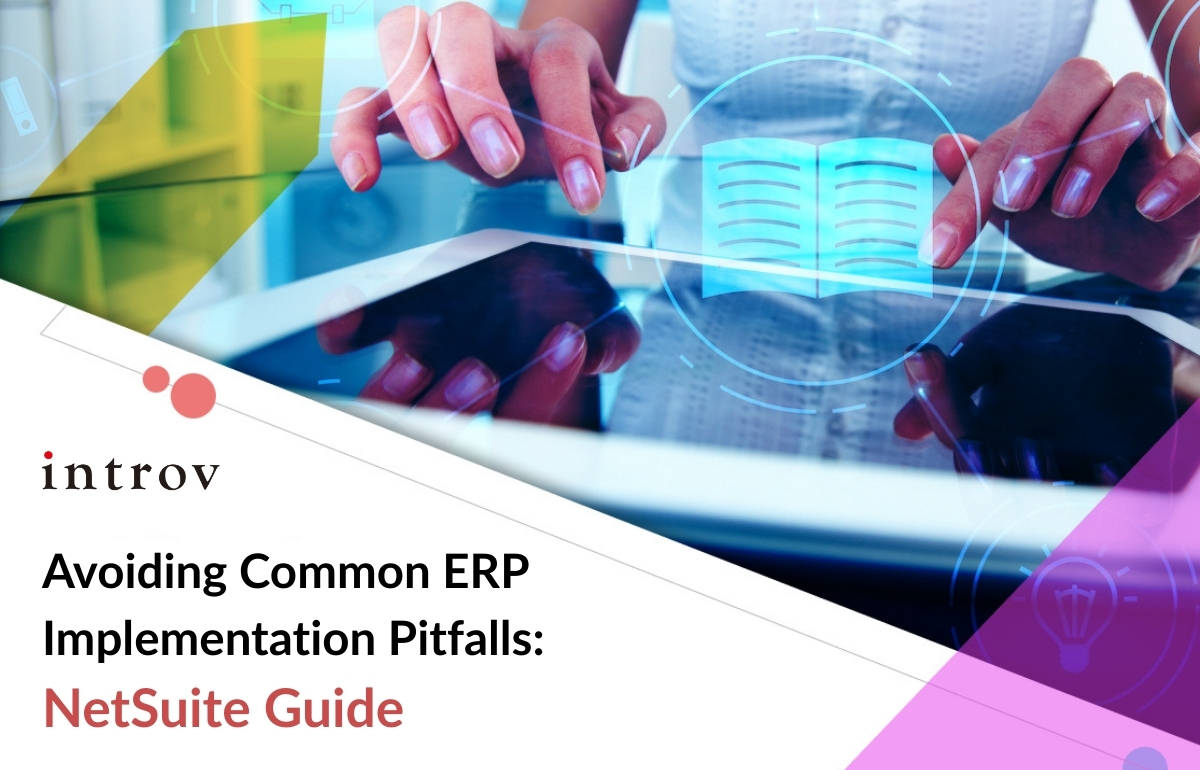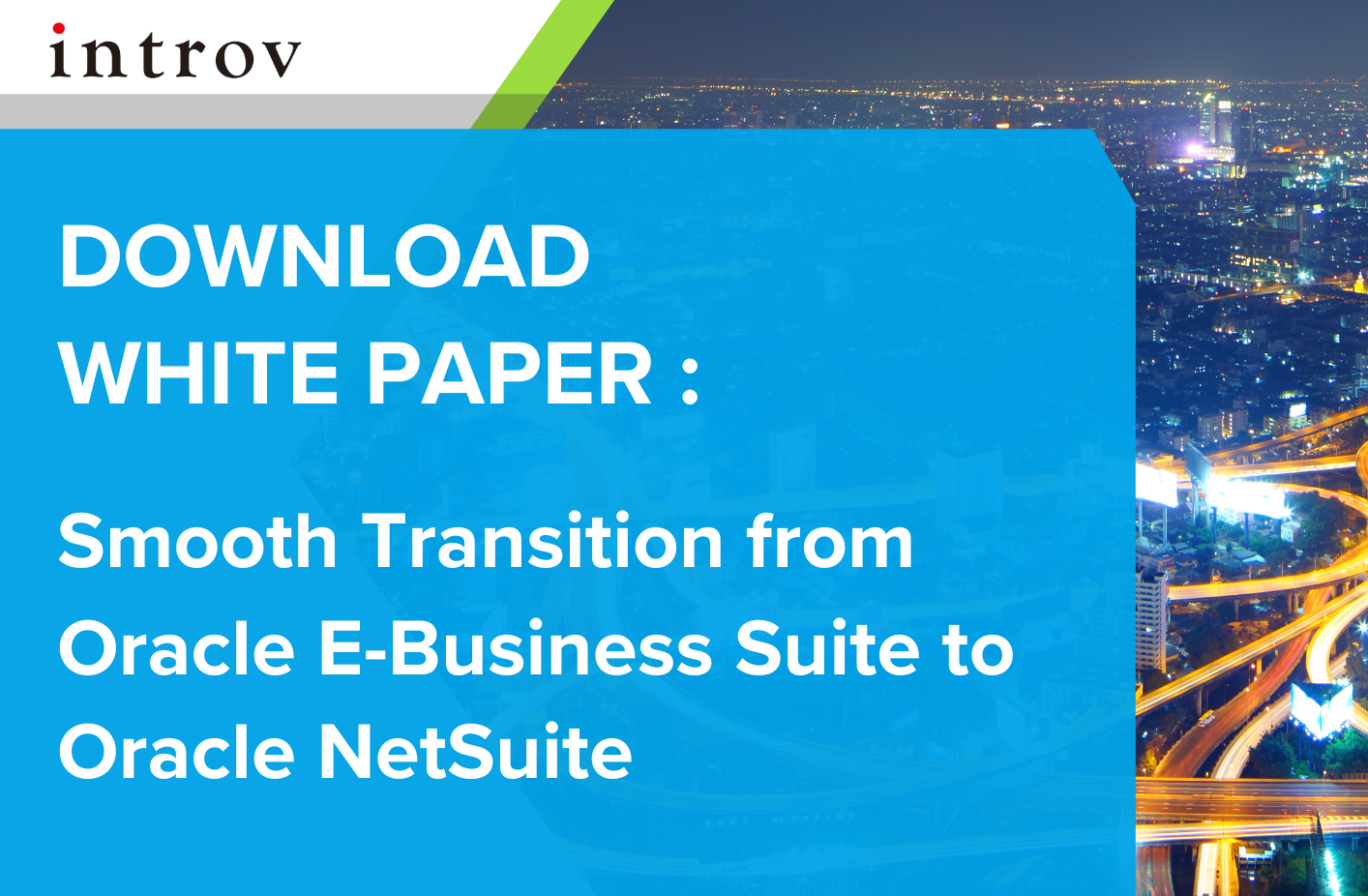7 ERP Trends for 2023
1. Cloud ERP
Historically, many organizations used on-premises ERP applications and were reluctant to entrust core business applications to the cloud, but that’s changing rapidly. Businesses are adopting cloud ERP to take advantage of a simpler deployment, lower costs, elasticity (i.e., the ability to only use the necessary resources at any given time), new functionality, less need for internal IT resources, and the ability to easily add users and functions to accommodate business growth.
The pandemic has further illuminated the value of cloud ERP and accelerated the shift from on-premises software, partly because cloud-based applications allow employees to get their work done from anywhere with an internet connection—they don’t need to be in an office. Some CFOs looking to cut costs amid the economic uncertainty are actually increasing investment in cloud ERP to drive savings and better support their remote workforce. A 2020 survey of finance executives indicated that 20% expect to spend more on cloud ERP technologies.
2. Two-Tier ERP
Historically, many companies tried to deploy a single ERP system for both the headquarters and all regional offices and subsidiaries. But in practice, that approach was often costly and extremely challenging to implement; subsidiaries often had specialized requirements, didn’t need the full functionality of the corporate system and struggled with the one-size-fits-all approach.
That’s why two-tier ERP is one of the top ERP trends in 2023. Two-tier ERP is a strategy that enables organizations to leverage their investment in existing ERP systems at the corporate level (tier 1), while subsidiaries and divisions operate using a different ERP solution (tier 2), which is often cloud-based. Larger companies may continue to use their core ERP system for financials and other core processes, while smaller business units turn to solutions that address their specialized needs. The effectiveness of this approach depends in part on the ability to exchange data between the tiers—some tier 2 cloud solutions include built-in capabilities for integration with corporate ERP systems.
There are a number of benefits to this approach. It’s often less costly than retrofitting the corporate ERP system to work for the entire business. A tier 2 solution may be simpler to implement and provide subsidiaries with more flexibility to respond to changing business conditions. In addition, the two-tiered approach may be better suited for organizations in high-growth mode. As Gartner puts it, large organizations should “assess whether a two-tier ERP strategy would offer more business benefit than a single-tier one, especially by modernizing small, potentially fast-growing business units.”
3. Other Technology Integrated With ERP
While modern ERP is a main element in a company’s digital transformation, it is only part of a bigger investment in technology. Companies are integrating their business applications with other new technologies, including IoT, to improve core processes. For example, retailers use warehouse management systems that collect data from mobile scanners and smart conveyers to track the movement of goods within the warehouse. Some companies integrate ERP with ecommerce to improve online order workflows, automatically triggering order fulfillment, updating inventory levels and recording payment.
The year ahead will also see a greater connection between social media and ERP. By seeing the social media activity of customers and prospects in one place, companies can develop a more complete understanding of their audience that allows them to enhance their digital marketing strategies and the customer experience. By integrating data from social media interactions with sales order history and communication with customers, companies can gain more insights about the entire sales process and experiment with new ways to target and sell.
4. Personalization
Historically, ERP platforms with complex scripting languages were difficult to customize to the specialized needs of each business. But organizations can now take advantage of cloud ERP platforms designed for easier configuration, or what analysts call “low-code” platforms. There’s also a growing range of ERP solutions tailored to the needs of specific industries.
As companies focus on delivering more personalized, relevant experiences to customers, they need ERP systems that can accommodate those needs with features like highly customizable dashboards. One emerging trend is the growing popularity of AI-based assistive and conversational user interfaces such as chatbots, which can interpret user voice or text input and respond to questions using customer and order information stored within the ERP.
5. AI-Powered Insights and Improvements
Artificial intelligence and machine learning capabilities embedded into ERP systems work behind the scenes to help meet increased demand for personalization and improve a broad range of business processes. While companies could add AI functionality to some ERP systems in the past, more vendors now offer ERP software with these capabilities built in.
AI can deliver significant benefits for businesses, including:
More insights. As organizations gather more operational and customer data than ever before, they look to AI to deliver valuable business insights based on that information. AI technologies scan vast amounts of unstructured information, quickly identify patterns and predict various trends that wouldn’t be possible to spot with manual number crunching alone.
Improved processes. AI helps to automate and improve a whole range of processes. For example, consider a manufacturer that adopts a just-in-time inventory strategy, which aims to deliver components at the last possible moment to minimize inventory carrying costs. AI, in the form of machine learning, can optimize the supply delivery and labor schedules to increase productivity and lower costs. IFS’s 2019 study found that 40% of manufacturers planned to implement AI for inventory planning and logistics, and 36% intended to use it for production scheduling and customer relationship management.
6. Predictive Analytics
The hunger for AI-infused ERP highlights organizations’ increasing desire to mine their operational and customer data for new and relevant insights that will increase the top and bottom lines.
While it’s always been possible to analyze ERP data to reveal what happened in a business’s past, a focus in 2023 and beyond is using predictive analytics to uncover and address what is likely to happen in the future. For example, software with machine learning capabilities can comb through a maintenance company’s data about machine repairs to predict when breakdowns are likely to occur. The organization can optimize maintenance schedules so it services or replaces parts right before they cause problems.
7. Mobile ERP
ERP providers have offered mobile support for some time, and mobile apps are becoming the norm. ERP solutions are evolving to provide on-the-go access to critical business data, allowing employees to conduct both back-end and front-end tasks no matter where they are, from the warehouse floor to a retail checkout terminal to an airport. Mobile ERP can also encourage collaboration for dispersed workforces in different time zones.
Mobile ERP apps designed with a user-friendly interface can help users get work done when they’re not in front of a computer. Employees can complete tasks like expense reporting, call logging and time tracking, and they can view the status of critical workflows or approvals from their phones. Mobile ERP offers real-time data and insights and provides overall benefits including always-on remote access, improved productivity, faster and more accurate data capture and increased agility.
What’s Next? The Future of ERP
The transition to cloud ERP will likely only accelerate as companies realize it’s much easier to gain the speed and agility they need to compete in today’s marketplace if they shift ERP and its associated modules to the cloud. Those organizations that have already invested in cloud ERP will look for ways to further utilize the power of the cloud.
In the near term, organizations will also continue to focus on ensuring their ERP software is optimized for remote work. That includes providing more mobile ERP functionality, ensuring secure remote access, supporting remote training and increasing automation of workflows.
Another trend to watch: further expansion of ERP supply chain management capabilities to help protect the organization against supply chain disruptions or other rapid changes in global economic conditions.
As ABI Research Principal Analyst Michael Larner put it, “Supply chain orchestration requires software to be more than a system of record and provide risk analysis and run simulations, enabling manufacturers to understand and prepare for supply chain shocks.”
Source: NetSuite

